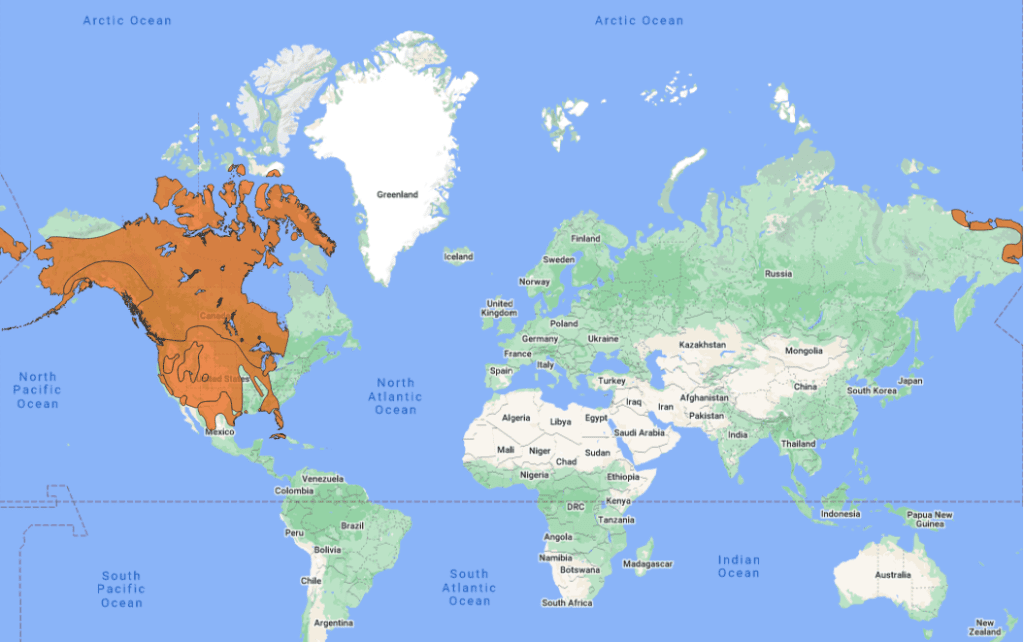
(Grus canadensis)
Seneca Park Zoo is home to one male sandhill crane who joined the Zoo in July 2019 and one female who joined him in September of 2022. Their habitat can be found in the Rocky Coasts area.
Sandhill cranes are omnivorous. Seeds, plant tubers, grains, berries, insects, worms, mice, snakes, lizards, frogs and crayfish comprise their diet. Unlike other wading birds, sandhill cranes do not fish.
International Union for Conservation of Nature (IUCN) Red List status
Loss and degradation of riverine and wetland ecosystems are the most important threats to sandhill crane populations. For the migratory subspecies (Lesser, Greater and Canadian), this is of greatest concern in staging and wintering areas in the southern United States and northern Mexico. Spring staging areas along the Platte River in Nebraska are of special concern because of their importance to the migratory subspecies and the development pressures facing this region. Approximately 80% of all sandhill cranes utilize a 75-mile stretch of the Platte River in spring migration. Elsewhere, small breeding populations can face disproportionate mortality on fall staging areas due to over-hunting. Residential and commercial development pressures facing lands occupied by birds belonging to non-migratory subspecies (Mississippi, Florida and Cuban) also pose significant threats.
